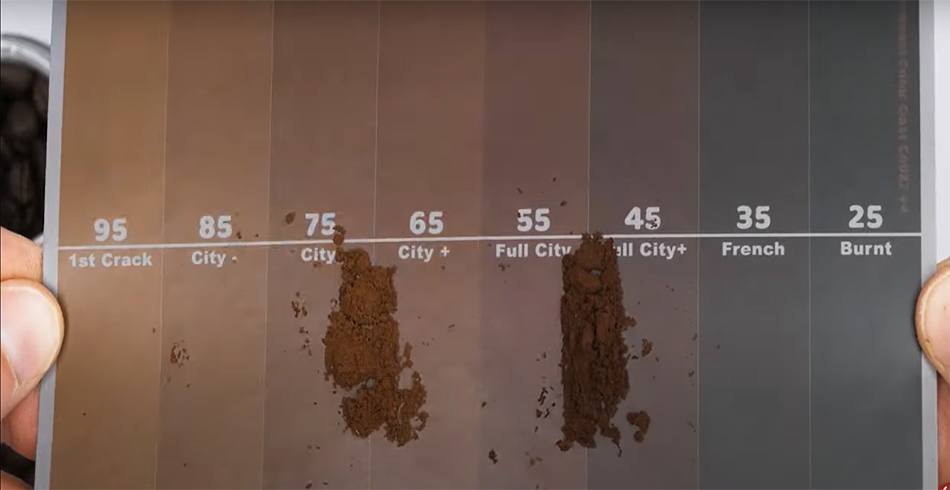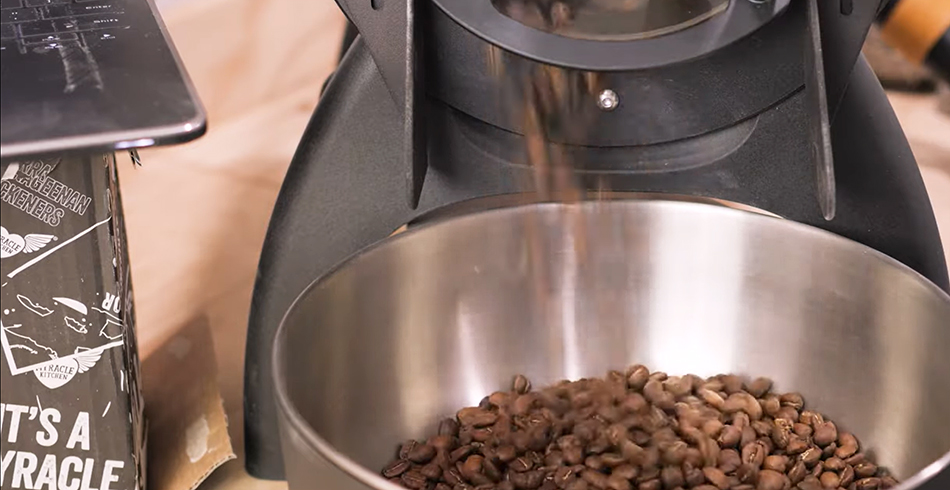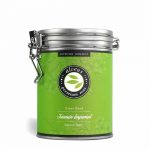Coffee roasting is a crucial step that transforms raw green beans into the flavorful drink we enjoy. The process is not just about heating beans; it’s about developing specific aromas, flavors, and textures. Each stage of roasting influences the final taste, affecting bitterness, acidity, and the inherent characteristics of the beans. This article breaks down how roasting affects coffee flavors, highlights the types of roasting equipment used, and discusses how professionals ensure quality across each batch.
The Roasting Process: from Green to Dark Beans
Roasting begins with green coffee beans, which are dense, contain moisture, and have little to no aroma. As the beans heat, the moisture evaporates, causing the beans to change from green to yellow. Soon after, they begin to develop initial flavors through caramelization reactions, marking the start of significant changes.
As the process continues, internal pressure builds within the beans, leading to what’s called the “first crack,” when gases are released, and the beans expand. From this point on, flavors develop more rapidly. Continuing to roast brings the beans to a darker stage, where a second crack might occur, releasing oils to the surface. At this point, bitterness increases, and acidity decreases, leading to a much bolder flavor. Many people prefer lighter roasts to retain the complexity of the beans, while darker roasts offer a more straightforward, intense profile.

The Impact of Roasting on Flavor
Roasting plays a key role in shaping the flavor of the coffee, with notable changes in bitterness, acidity, and the preservation of the bean’s origin characteristics. Bitterness increases as roasting progresses, particularly with darker profiles. Acidity, which contributes brightness and sharpness to coffee, tends to be more prominent in the earlier stages of roasting but diminishes with extended roasting times. The unique flavors tied to the bean’s origin—such as fruity, floral, or nutty notes—are best preserved in lighter roasts but become less distinct in darker roasts as the roasted flavors take over.
Roasting Profiles: Light, Medium, and Dark
Roasting profiles are typically classified into three broad categories: light, medium, and dark. Light roasts emphasize the natural characteristics of the bean, maintaining the origin’s specific flavors like fruitiness or floral notes, and offering a higher level of acidity. Medium roasts provide a more balanced flavor, combining acidity with sweetness and slight caramelized notes. Dark roasts, on the other hand, tend to have a robust, roasted flavor that masks the bean’s origins and emphasizes bitterness. In specialty coffee circles, medium roasts are often favored as they strike a balance between highlighting the bean’s complexity and creating a rich cup.
Roasting Equipment: Tools of the Trade
The two most common types of coffee roasting equipment are drum roasters and hot-air roasters. Drum roasters rely on gas to heat a rotating drum, ensuring even exposure to heat. In contrast, hot-air roasters use streams of hot air to roast the beans, providing an even roast with more control over temperature. Some modern machines are hybrids, combining elements of both methods to achieve a variety of roasting results.
Master roasters monitor the entire roasting process closely, adjusting temperature and timing based on the desired profile. These tools allow precise control over how the beans are roasted, ensuring the final product is consistent and meets the flavor profile expectations.

Maintaining Consistency: Quality Control in Roasting
Consistency is key in roasting, especially for professionals looking to maintain a standard across batches. Master roasters use specific profiles for each type of coffee and monitor the weight loss of the beans during roasting. This weight loss indicates moisture evaporation, and any deviation could signal an issue. In addition to visual checks, machines are often used to measure the final color of the beans, ensuring they fall within the intended roast level. By paying attention to these details, roasters can achieve uniformity in each batch, delivering reliable results to consumers.
Conclusion: The Balance of Flavor and Complexity
Roasting coffee is more than just applying heat to beans. It’s a careful process that requires attention to detail, an understanding of the bean’s potential, and the ability to manage acidity, bitterness, and sweetness to create a balanced flavor. For coffee lovers, understanding how roasting affects the taste opens the door to exploring new profiles and enjoying coffee in a more nuanced way.
Whether you prefer a bright and acidic light roast or a deep, bitter dark roast, the art of roasting is what makes it all possible. The equipment, precision, and technique involved in the roasting process ensure that each cup of coffee reflects the full range of flavors that the beans have to offer.




